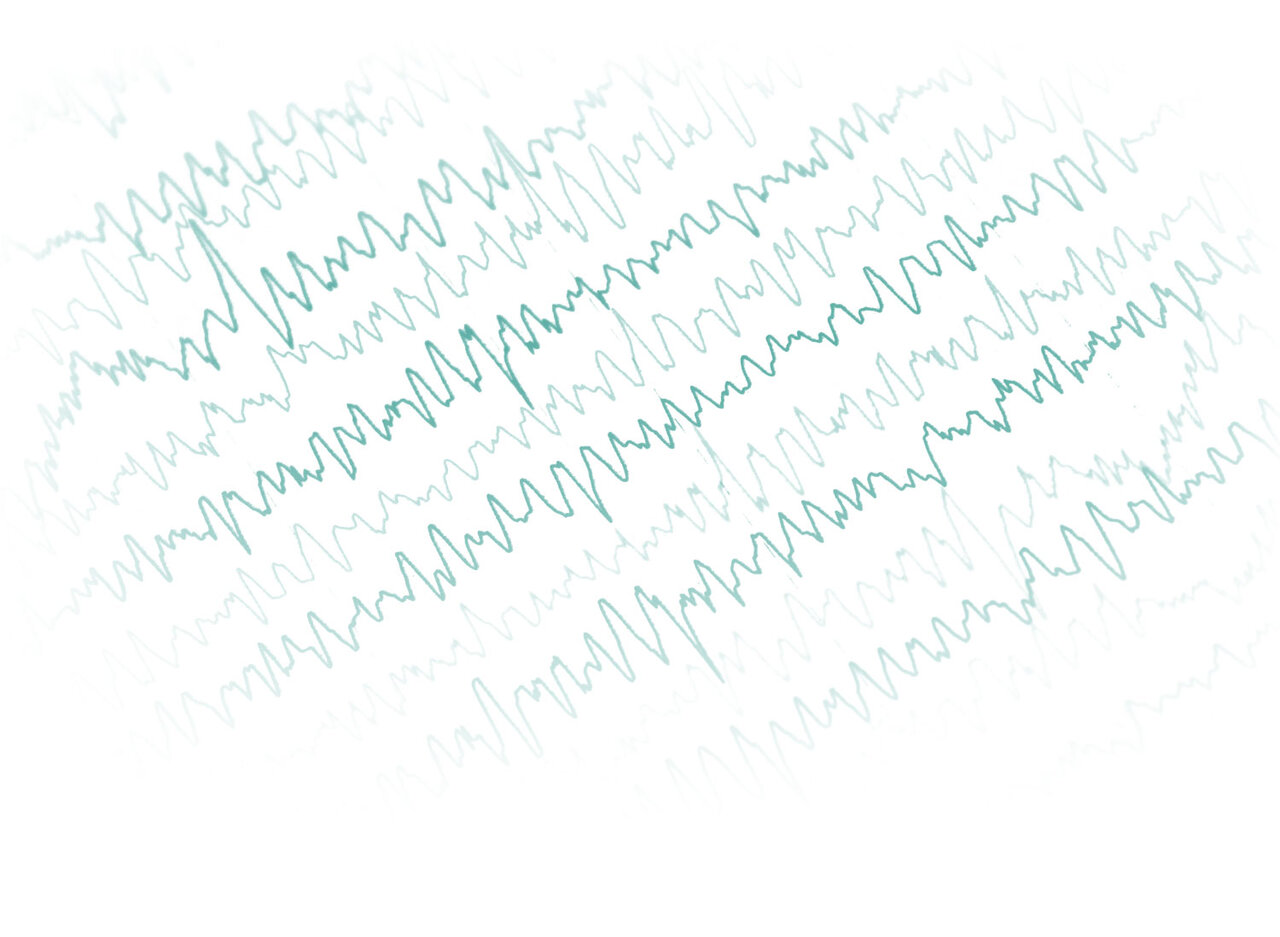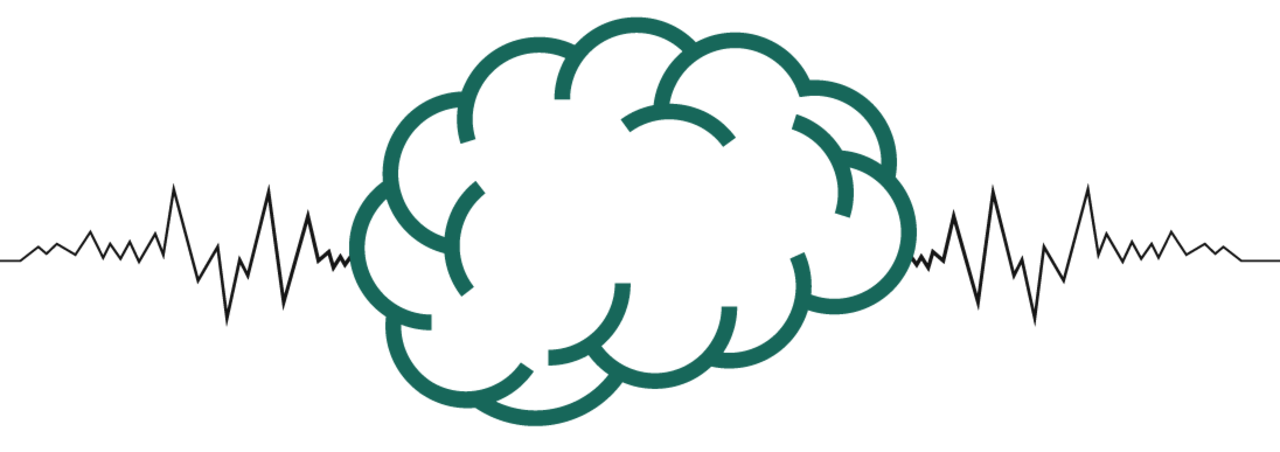Presentation
At any age, it allows the diagnosis of daytime or nocturnal epilepsy, to eliminate it (certificate, pseudo-seizures) or to evaluate the effectiveness of an antiepileptic drug and to assess vigilance.
An electroencephalogram (EEG) must be performed in an approved center and under the responsibility of a neurophysiologist.
Practical information
How does this exam work?
- The EEG technician places 21 electrodes on the scalp in a symmetrical way to cover the whole head.
- The patient is installed comfortably (armchair or bed depending on the case), in a quiet room with little light, in order to promote relaxation.
- Activation exercises are then performed to sensitize the arrival of any abnormalities through breathing techniques or through light.
The different types of EEG
In the lab:
- Standard EEG
20 to 30 minutes - Nap EEG
Approximately 1 hour
Usually done after sleep deprivation and a non-pathological standard EEG - Long-term EEG
4 hours minimum
With sleep analysis + video - Iterative Sleep Latency Tests
4 to 5 30-minute naps - Tests for maintaining wakefulness
4 sessions of 40 minutes in a chair

